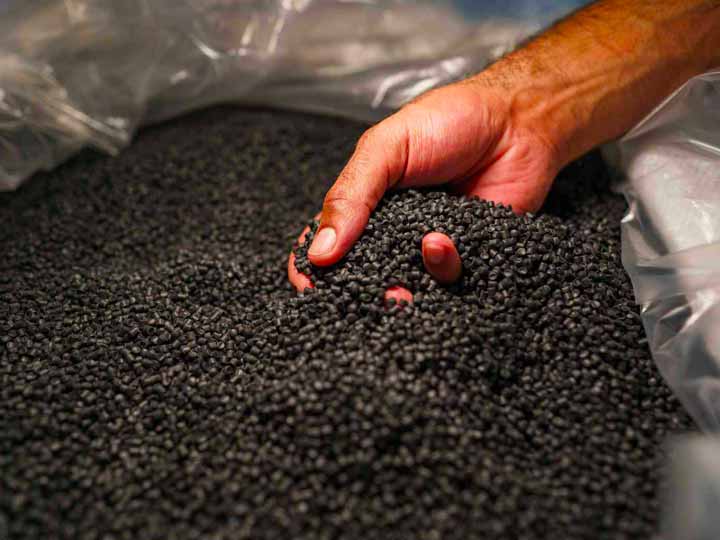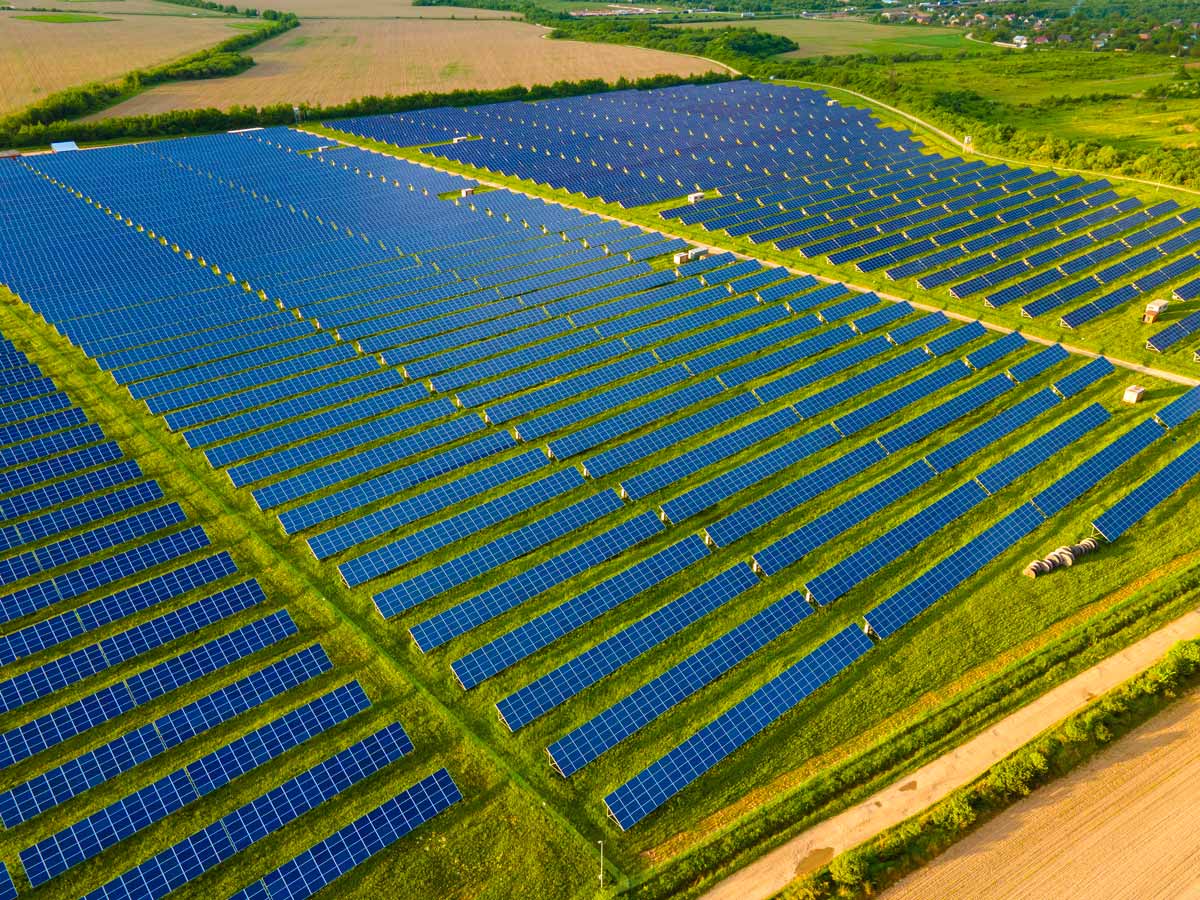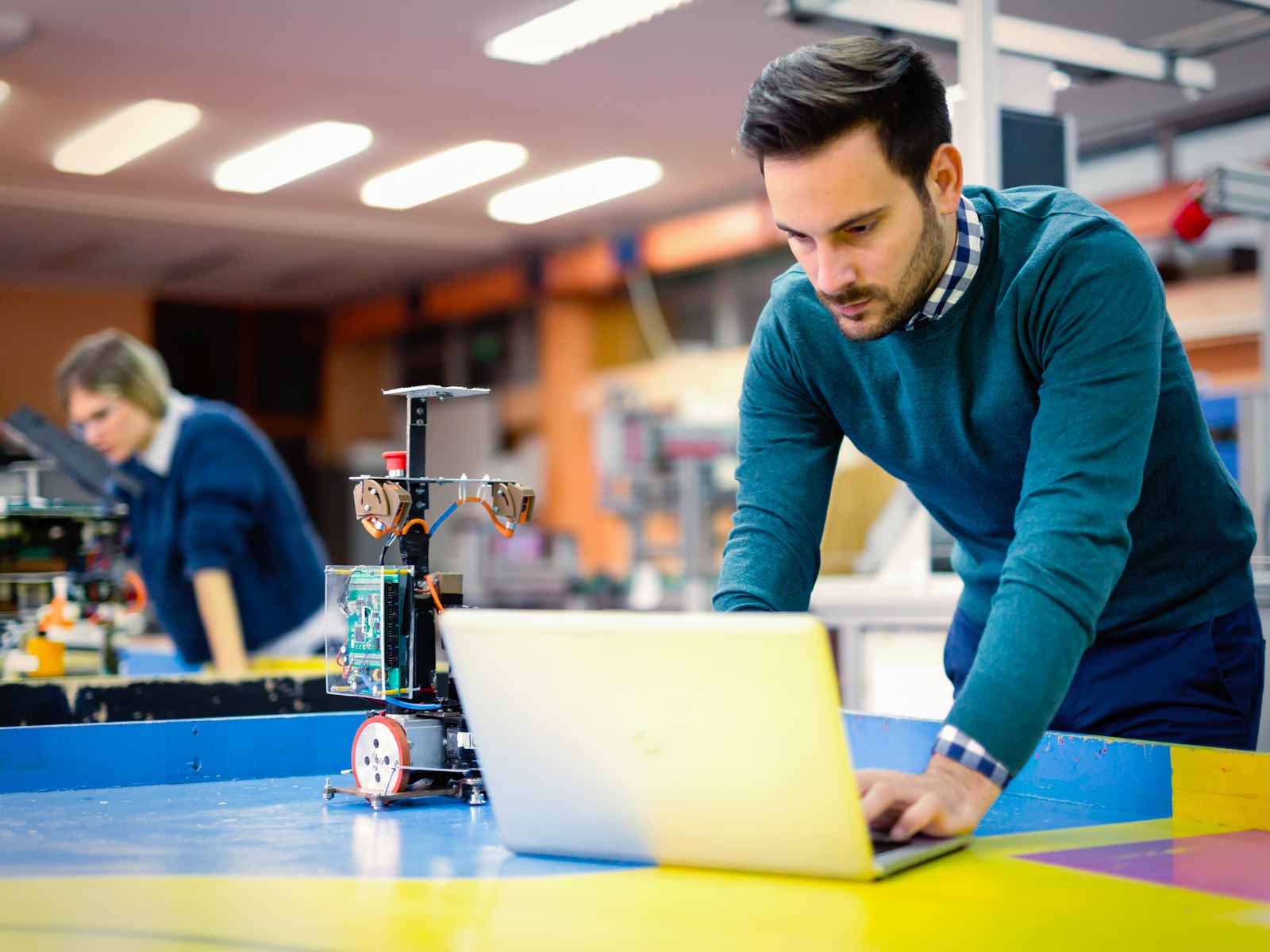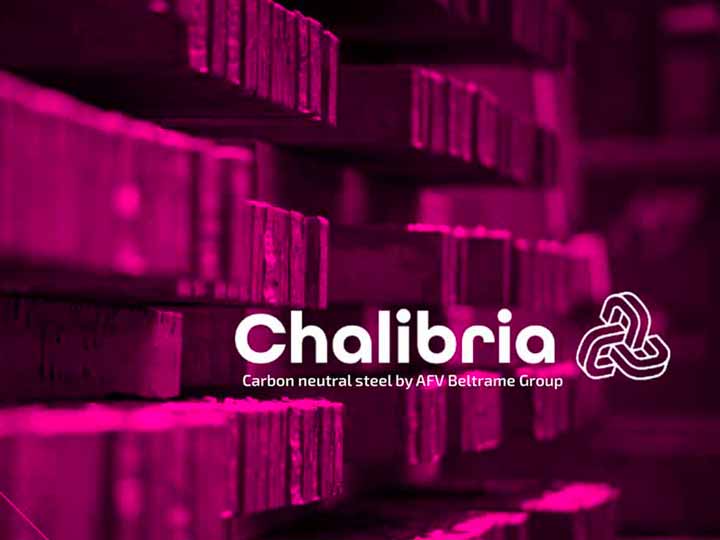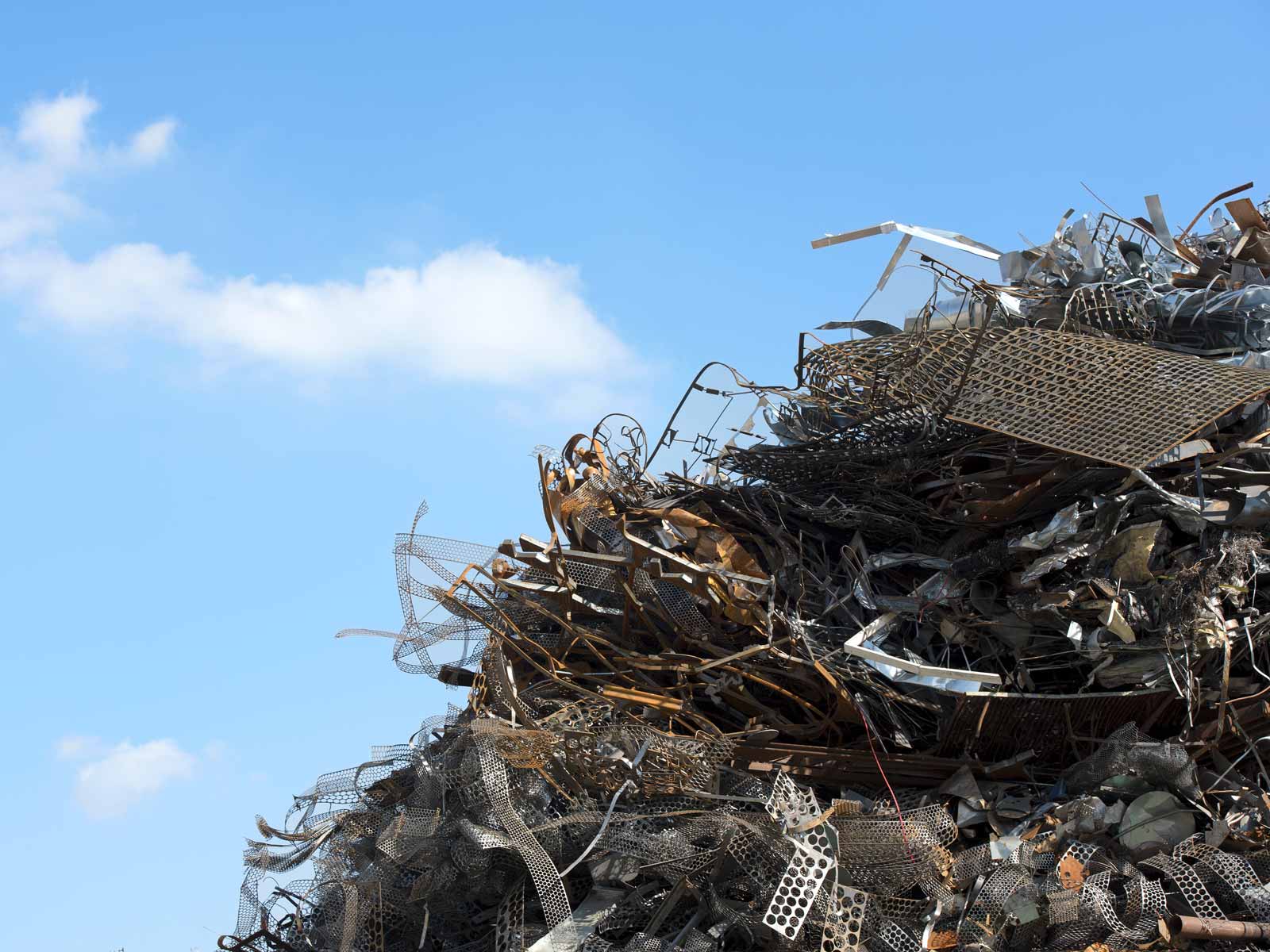Circular Economy
The European Commission adopted an action plan for the circular economy in 2020, which is one of the main building blocks of the European Green Deal and aims to foster sustainable growth, reduce the use of natural resources, contribute to the goal of achieving climate neutrality by 2050, halt biodiversity loss and create new job opportunities. The electric-furnace steel supply chain is itself a driver of circularity in the management of steel products, which are recycled at rates close to 100 percent, whether they belong to the pre-consumer residue category (waste recovered downstream from industrial processing), or derive from separate collection or recovery activities from post-consumer cycles, thus including products with short (e.g., packaging), medium (e.g., motor vehicles) and long (e.g., construction products) life cycles.
Steel, in fact, can be recycled countless times without losing any of its original properties, thus being indistinguishable from new material. The world of steel, moreover, has always been at the forefront of developing activities that support the transition from a linear development model (identified in the “from cradle to grave” concept) to a circular one (“from cradle to cradle”), in which technical waste materials from its production cycles are destined to be recycled and reused in the process itself or enhanced in other activities, without finding an end as waste and thus discarded permanently.
PROJECTS
RELATED
